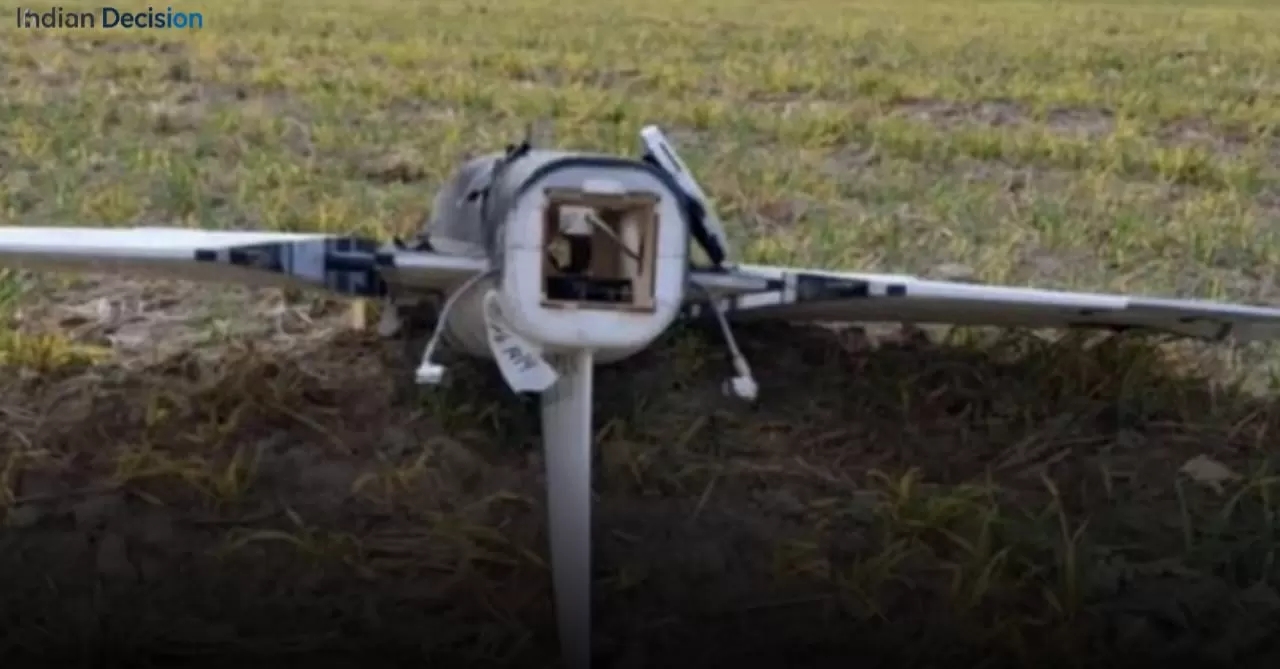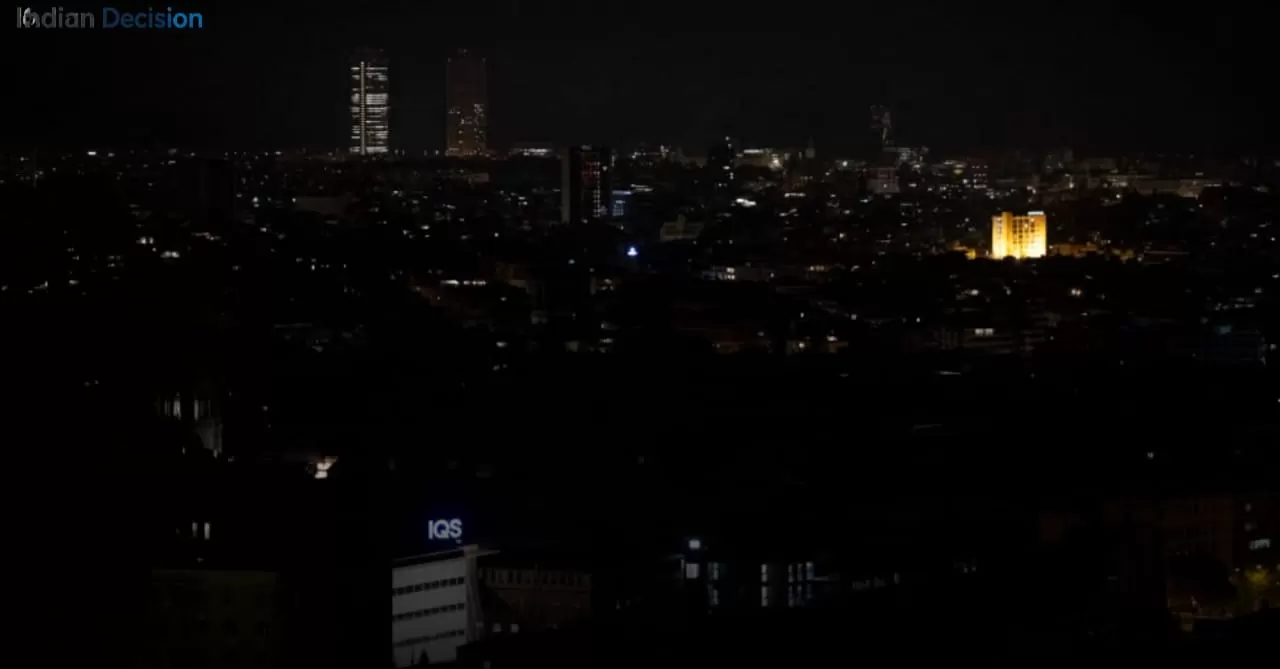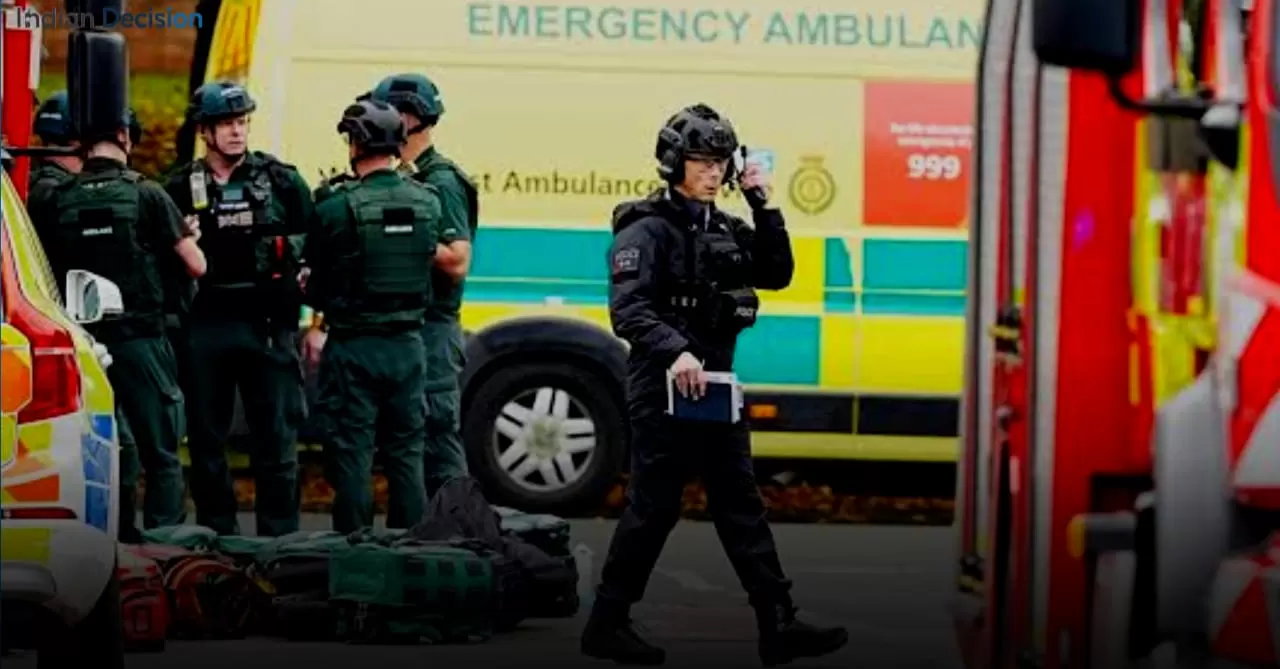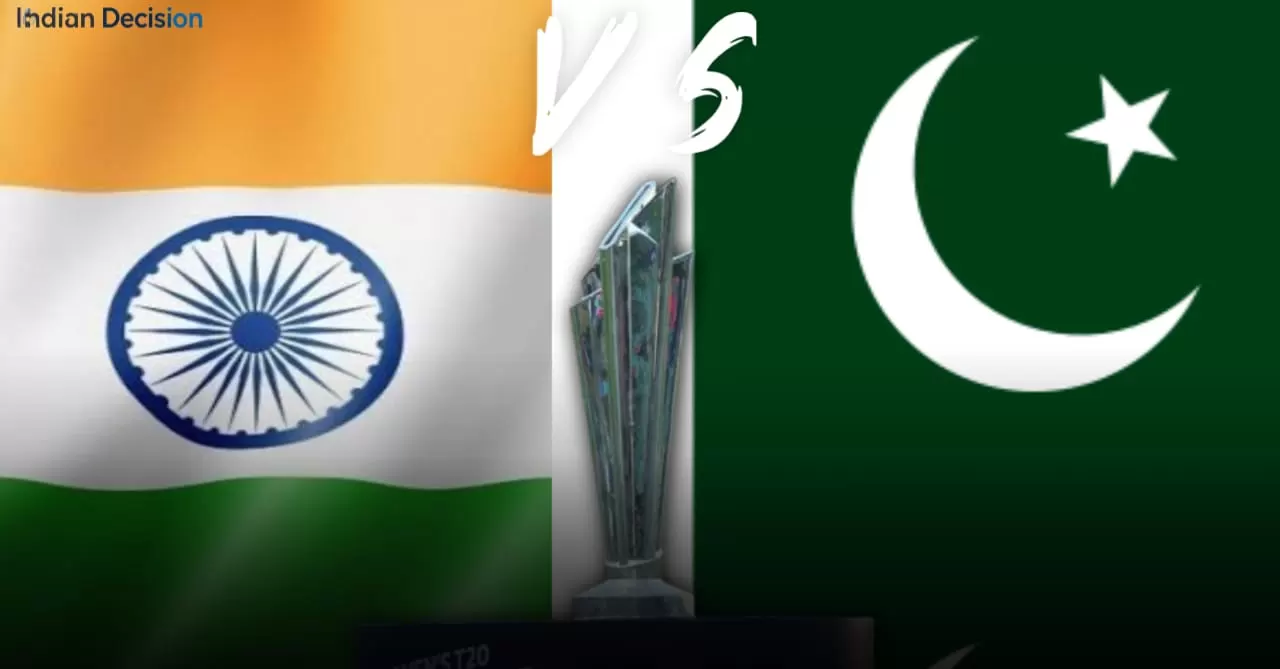Poland Intercepts Russian Drones, Pushes NATO Toward Article 4 Consultation
Poland’s government confirmed on Wednesday, 10 September 2025, that its air defense forces intercepted several Russian drones along its eastern border. The incident has intensified Warsaw’s security concerns and prompted Prime Minister Donald Tusk to call for urgent NATO consultations under Article 4 of the alliance’s founding treaty.
The move underscores Poland’s fear that Moscow’s war in Ukraine is edging dangerously close to NATO territory, raising the possibility of wider confrontation in Eastern Europe.
What Happened on the Border
According to Poland’s defense ministry, at least three unmanned aerial vehicles were tracked as they crossed from Ukrainian airspace toward Polish territory. Military officials reported that the drones were neutralized by air defense systems before causing damage.
“The trajectory of these drones suggests deliberate testing of our defenses,” a senior Polish commander told reporters. “We acted swiftly to ensure Polish airspace remains secure.”
While no casualties were reported, the incident reflects the heightened risks along NATO’s eastern flank, where similar drone incursions have been documented in Lithuania, Romania, and Latvia over recent months.
Understanding NATO Article 4
NATO Article 4 allows member states to request consultations when their territorial integrity or security feels threatened. Unlike Article 5, which obligates collective defense, Article 4 focuses on dialogue, intelligence-sharing, and strategic coordination.
Turkey has frequently invoked Article 4 in response to threats on its southern border. Poland’s current push signals that Warsaw considers Russian drone flights a direct security challenge rather than isolated accidents.
Donald Tusk’s Warning
Prime Minister Donald Tusk, speaking at a press conference in Warsaw, stressed that Poland would not ignore repeated “provocations” by Moscow.
“Every breach of our airspace is treated as a threat to sovereignty,” he said. “We are calling for a full NATO consultation under Article 4 and expect our allies to strengthen regional defenses.”
Tusk added that Warsaw is pushing for “clear commitments” on additional air defense systems and intelligence cooperation. He also hinted at the possibility of requesting more allied troops to be stationed in Poland.
Putin’s Silence and Moscow’s Strategy
Russian President Vladimir Putin has not commented on the drone incident. However, Western analysts believe these incursions may be part of a broader Kremlin tactic to apply pressure without crossing the threshold that could trigger NATO’s Article 5 collective defense clause.
Experts warn that such maneuvers are designed to test NATO’s response times and political unity. By pushing boundaries just short of open aggression, Moscow forces the alliance into constant deliberation and risk assessment.
Potential NATO Response
Should Article 4 be formally invoked, NATO ambassadors would meet in Brussels to evaluate the threat and consider coordinated measures. These may include:
- Expanding surveillance and reconnaissance along Poland’s eastern border
- Deploying additional Patriot or NASAMS air defense systems
- Stationing more allied troops in Poland and the Baltics
- Enhancing intelligence-sharing on Russian drone activity
- Issuing diplomatic warnings to Moscow through collective channels
Although Article 4 does not automatically lead to military action, past consultations have laid the groundwork for stronger NATO presence in vulnerable regions.
Reactions Across the Region
Neighboring countries expressed solidarity with Warsaw. Lithuania’s defense minister said the drone flights prove “Russia is testing the credibility of NATO borders.” Romania, which has also reported drone fragments landing on its territory, echoed the call for vigilance.
The Baltic states, in particular, view Poland’s request as part of a shared struggle to deter hybrid tactics whether drones, cyberattacks, or disinformation campaigns that aim to unsettle alliance members without sparking direct war.
Why This Matters for Europe
The drone incident is more than a tactical border violation. For Poland, it is a reminder of its frontline position in NATO and the risk that Moscow’s aggression in Ukraine could spill over. For the alliance, it is a test of whether members can act decisively before an escalation forces their hand.
Delayed responses could embolden Moscow, while rapid unity could deter further provocations. The balance between restraint and firmness may define NATO’s credibility in the months ahead.
Historical Context of Article 4
Article 4 has been triggered seven times since NATO’s founding in 1949. Turkey has been the most frequent user, citing threats from Syria and ISIS. The Baltic states and Poland jointly invoked it in 2014 after Russia annexed Crimea.
Each invocation has served as a barometer of NATO’s willingness to adapt to evolving threats. The current situation could mark a turning point in how the alliance addresses unmanned aerial threats and hybrid warfare tactics.
The Road Ahead
In the coming days, NATO officials will weigh Poland’s request and decide whether to convene under Article 4. Much depends on whether allies perceive the drone flights as isolated incidents or as part of a broader Russian strategy.
If NATO acts decisively, it may reinforce deterrence along the eastern flank. If not, Warsaw fears Moscow could escalate further, targeting critical infrastructure or carrying out cyber operations alongside drone incursions.
As analysts watch closely, the outcome of Poland’s push could shape Europe’s security landscape for years. The alliance faces a crucial choice: treat the drone incursions as routine nuisances, or as early warnings of a strategy designed to erode NATO’s unity from within.







